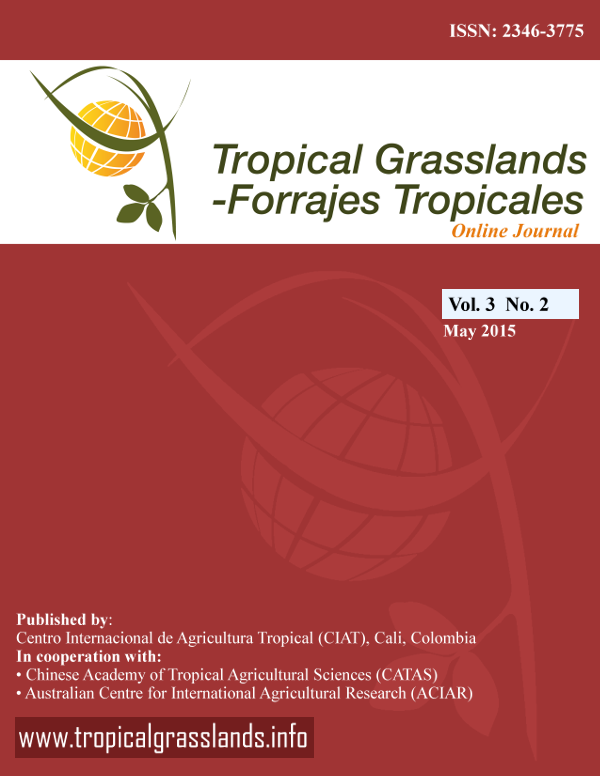Evaluation of new hybrid brachiaria lines in Thailand. 1. Forage production and quality
DOI:
https://doi.org/10.17138/tgft(3)83-93Resumen
En el período 2006–2011 en 2 sitios del noreste de Tailandia (Ubon Ratchathani y Amnart Charoen) fueron evaluadas por su producción de forraje y calidad nutritiva 43 líneas nuevas de híbridos de Brachiaria, incluyendo el cultivar (cv.) Mulato II como testigo, procedentes del CIAT. Los parámetros evaluados fueron producción de materia seca (MS) en épocas lluviosa y seca, relación hoja:tallo, concentración de proteína cruda (PC) y niveles de fibra detergente ácido (FDA) y fibra detergente neutro (FDN)]. En la época seca, ninguna de las líneas mostró en forma consistente una producción de MS y relación hoja:tallo superiores que cv. Mulato II. En las épocas lluviosas, 14 líneas produjeron más MS que Mulato II, pero sólo en una época lluviosa cada una. El cultivar Mulato II produjo forraje con alta relación hoja:tallo en todas las épocas. Varias de las líneas presentaron concentraciones de PC significativamente mayores y menores niveles de FDA y FDN que cv. Mulato II, pero su producción de forraje y la relación hoja:tallo fueron inferiores. Las líneas BR02/1718, BR02/1752, BR02/1794 y BR02/0465 alcanzaron la protección de obtención vegetal (Plant Variety Rights) en 2011.
Keywords: Cayman, Cobra, crude protein, dry matter yields, forage regrowth, Mulato II.
DOI: 10.17138/TGFT(3)83-93



